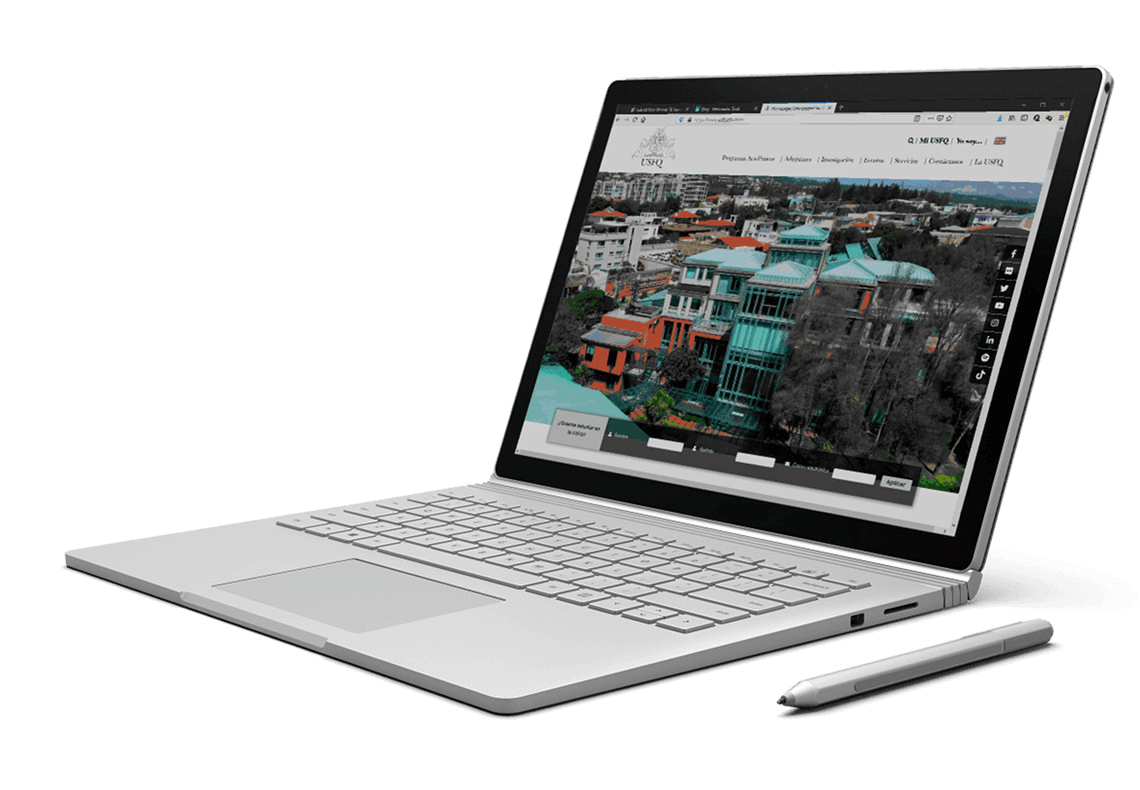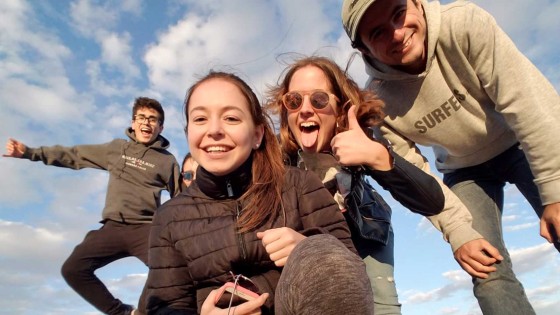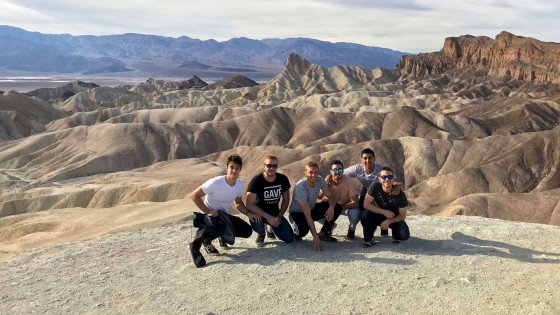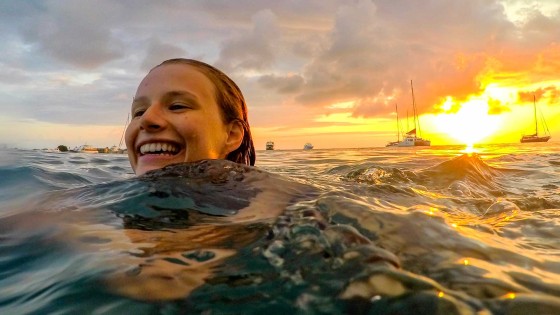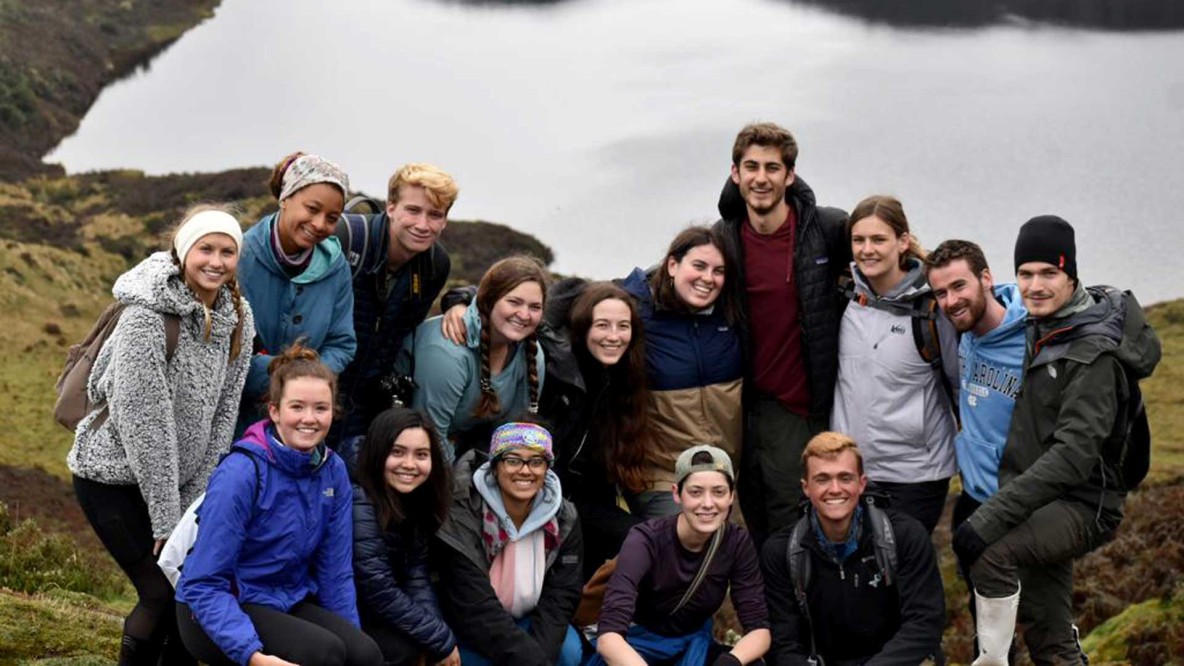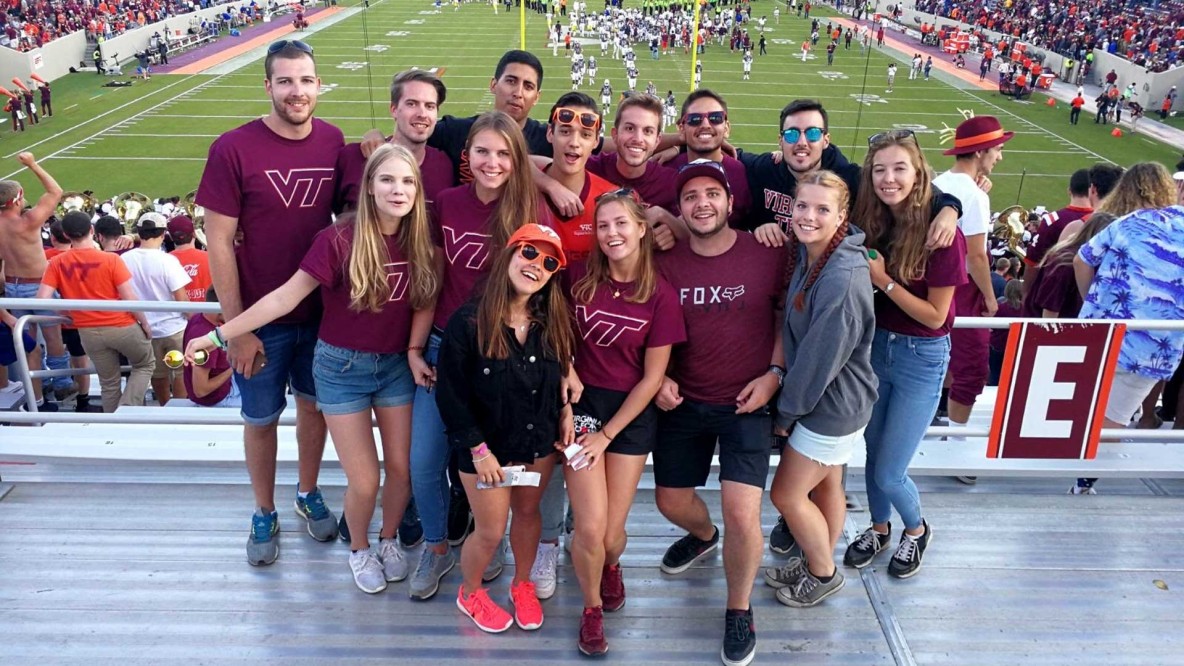Oficina de Programas Internacionales (OPI)
La Oficina de programas Internacionales (OPI) brinda oportunidades para la internacionalización de estudiantes y docentes dentro de la USFQ, potenciando la movilidad estudiantil, la colaboración a nivel de investigación, y vinculación con la sociedad. OPI cuenta con más de 200 convenios bilaterales con universidades a nivel mundial, y gestiona la participación de la USFQ en varias redes de cooperación internacional, incluyendo Global Liberal Arts Alliance, Association of Pacific Rim Universities, Hemespheric University Consortium.
Para mayor información escribir a opi@usfq.edu.ec
La Oficina de programas Internacionales (OPI) brinda oportunidades para la internacionalización de estudiantes y docentes dentro de la USFQ, potenciando la movilidad estudiantil, la colaboración a...
La oficina de Programas Internacionales (OPI) ofrece a los estudiantes de la USFQ la oportunidad de realizar un verano, semestre o un año de estudio en una de las 100+ universidades con las que...
COIL (Collaborative Online International Learning) es una metodología educativa que fomenta la colaboración internacional y el aprendizaje en línea a través de un trabajo conjunto que da como...
